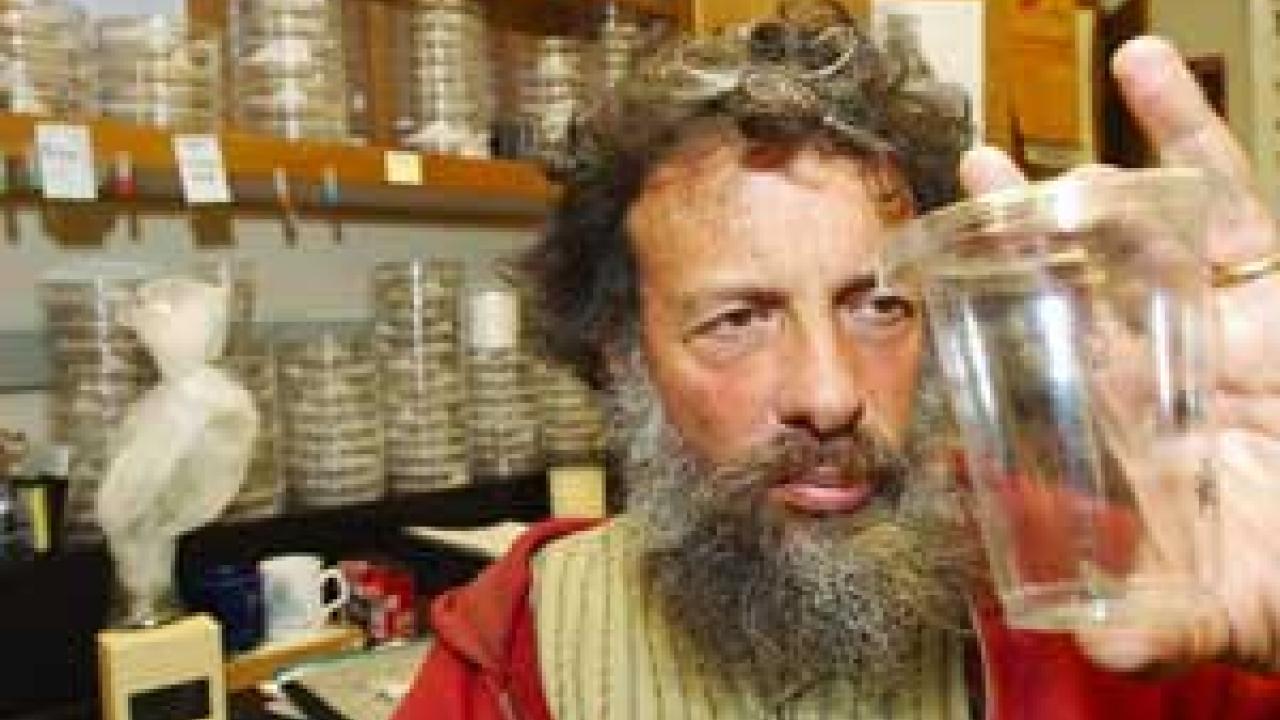Millions of painted lady butterflies invaded central California airspace Monday as a massive migration from the desert began to hit its stride. The insects are on their way from their winter grounds on the Mexican border to the Central Valley and foothills, where they will breed.
The butterflies were moving by 7 a.m. and by mid-morning in Davis were passing at a rate of about one every 10 seconds, said Arthur Shapiro, professor of evolution and ecology at UC Davis and an authority on butterflies.
The insects fly from six to about 12 feet above the ground on a southeast to northwest bearing and rise over obstacles, such as buildings, rather than going around them.
The painted lady winters in the desert along the U.S.-Mexico border and breeds on desert annual plants in late winter. The adults emerge in February or March and immediately take off to the northwest, migrating through the Inyo-Kern area into the Central Valley and foothills where they then breed. The trip takes roughly three days in good weather, because the butterflies hatch with a large supply of yellow fat, which they use as fuel, Shapiro said.
"This fat is what makes the yellow splotch on your windshield when you hit one," he said.
When the fat supply is depleted, generally after reaching the Central Valley, they begin visiting flowers to feed and also begin laying eggs. The caterpillars feed on weeds such as thistles, mallows and fiddleneck. They are normally of no economic importance, although there are records of them wiping out crops of borage and comfrey (both in the same family as fiddleneck) at herb farms.
The annual migration can occur as early as late-January and as late as mid-April. This year's migration is probably more conspicuous than usual because heavy winter rains in Death Valley and elsewhere produced a bumper crop of desert plants, Shapiro said.
The butterflies resulting from breeding in our area will hatch in May and will also migrate immediately, flying north to breed in the Pacific Northwest.
Shapiro said that the migration is apparently a way of tracking the seasonal progress of host-plant availability. Elsewhere in the world, painted lady butterflies winter in North Africa and migrate to Europe for the summer, sometimes reaching as far north as Scandinavia.
The butterflies will begin to migrate south again in August, continuing through November, Shapiro said.
Media Resources
Andy Fell, Research news (emphasis: biological and physical sciences, and engineering), 530-752-4533, ahfell@ucdavis.edu
Arthur Shapiro, (530) 752-2176, amshapiro@ucdavis.edu
